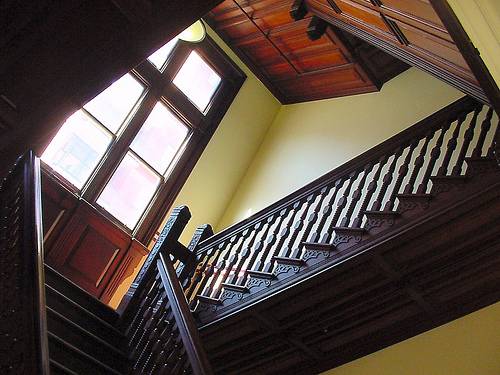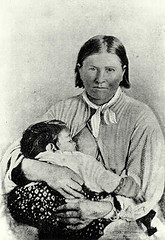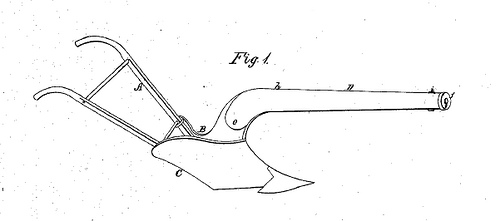2 + 5 + 6 = 13; 132 = 169
1 + 6 + 9 = 16; 162 = 256
Guy Talk
Clement Atlee was using the urinal in the House of Commons one day when Winston Churchill took up a position at the opposite end.
“Feeling standoffish today, are we, Winston?” Atlee asked.
“That’s right,” Churchill said. “Every time you see something big, you want to nationalize it.”
“An Expostulation”

When late I attempted your pity to move
Why seem’d you so deaf to my pray’rs?
Perhaps it was right to dissemble your love
But — Why did you kick me downstairs?
— Isaac Bickerstaffe (1733-1808)
In a Word
egrote
v. to feign sickness in order to avoid work
Look Out Below
On the 7th of November, 1492, a little before noon, a dreadful thunder-clap was heard at Ensisheim, in Alsace, instantly after which a child saw a huge stone fall on a field newly sown with wheat. On searching, it was found to have penetrated the earth about three feet, and weighed 260 lbs. making its size equal to a cube of thirteen inches the side. All the contemporary writers agree in the reality of this phenomenon, observing that, if such a stone had before existed in a ploughed land, it must have been known to the proprietor.
— Cabinet of Curiosities, Natural, Artificial, and Historical, 1822
Tug of War

In 1860, a party of Texas Rangers killed a camp of Comanche Indians near Pease River. Afterward, they noted that one of the women they had captured had blue eyes. She spoke no English, but when Col. Isaac Parker mentioned that his 9-year-old niece Cynthia Ann had been abducted by Comanches 24 years earlier, the woman slapped her chest and said, “Me Cincee Ann!”
As it turned out, Cynthia Ann Parker had been kidnapped twice. In 1836, when she was 9, the raiding Comanches had slaughtered her parents and taken her with them. She adopted their ways, grew to womanhood, married a native man, and bore three children. Then in 1860 the raiding Rangers killed her husband and abducted her back into white society.
She would be transplanted a third time: Forty years after her death in 1870, her son had her disinterred and buried on an Oklahoma reservation, reuniting her finally with her native family.
Menagerie

This 1872 Currier and Ives print is titled The Puzzled Fox: Find the Horse, Lamb, Wild Boar, Men’s and Women’s Faces. There are eight human and animal faces hidden in the scene. Can you find them?
Ironically, the birds that are visible have now disappeared — they’re passenger pigeons.
Damn Rebs

A combination plow and cannon, patented in 1862 by C.M. French and W.H. Fancher:
As a piece of light ordnance its capacity may vary from a projectile of one to three pounds weight without rendering it cumbersome as a plow. Its utility as an implement of the twofold capacity described is unquestionable, especially when used in border localities, subject to savage feuds and guerrilla warfare.
“As a means of defense in repelling surprises and skirmishing attacks on those engaged in a peaceful avocation it is unrivaled.”
Math Notes
83 = 512; 5 + 1 + 2 = 8
273 = 19683; 1 + 9 + 6 + 8 + 3 = 27
Perspective
Passing through the quadrangle of Christ Church, Oxford, one day, the classical scholar Gilbert Murray encountered Albert Einstein sitting dreamily in thought.
Murray asked him what he was thinking about.
“I am thinking,” Einstein answered, “that, after all, this is a very small star.”
